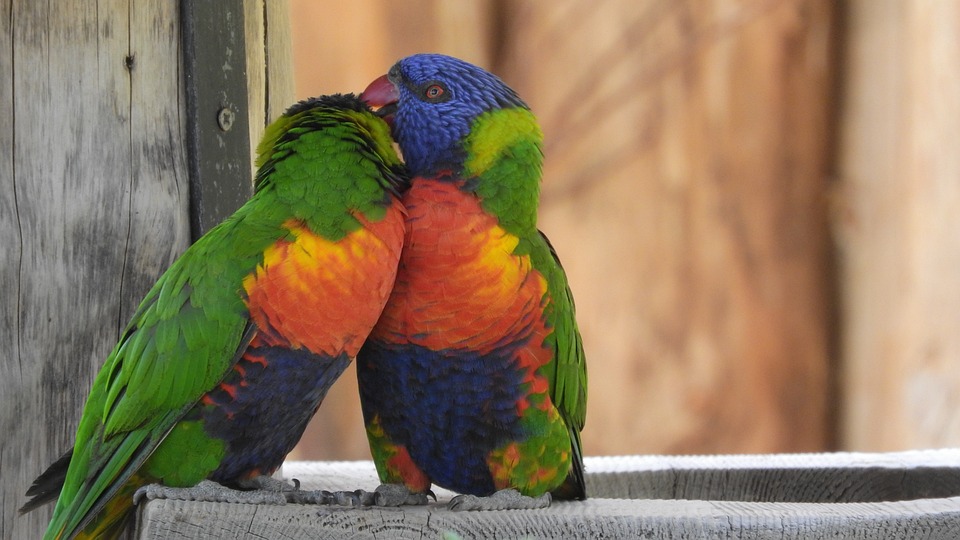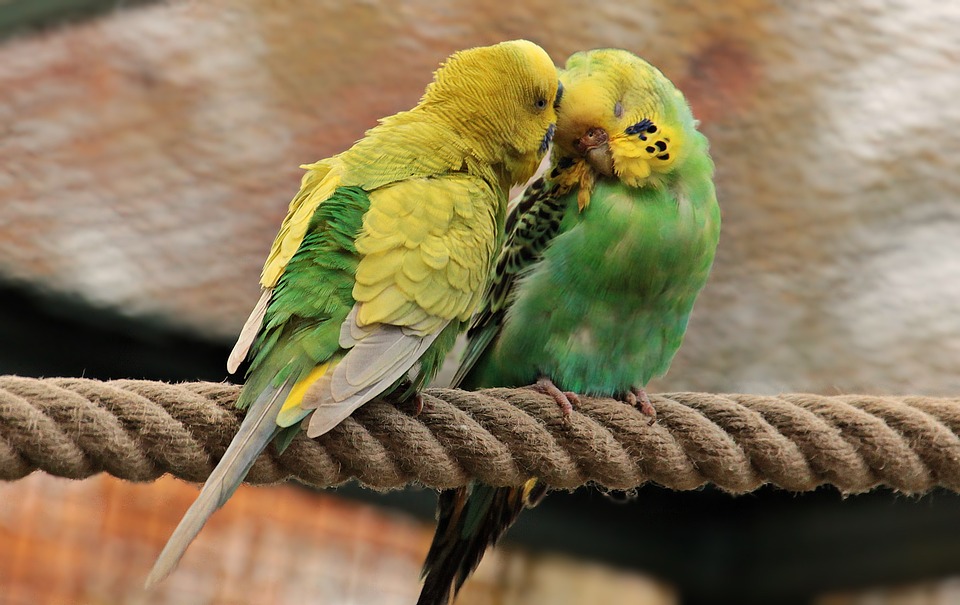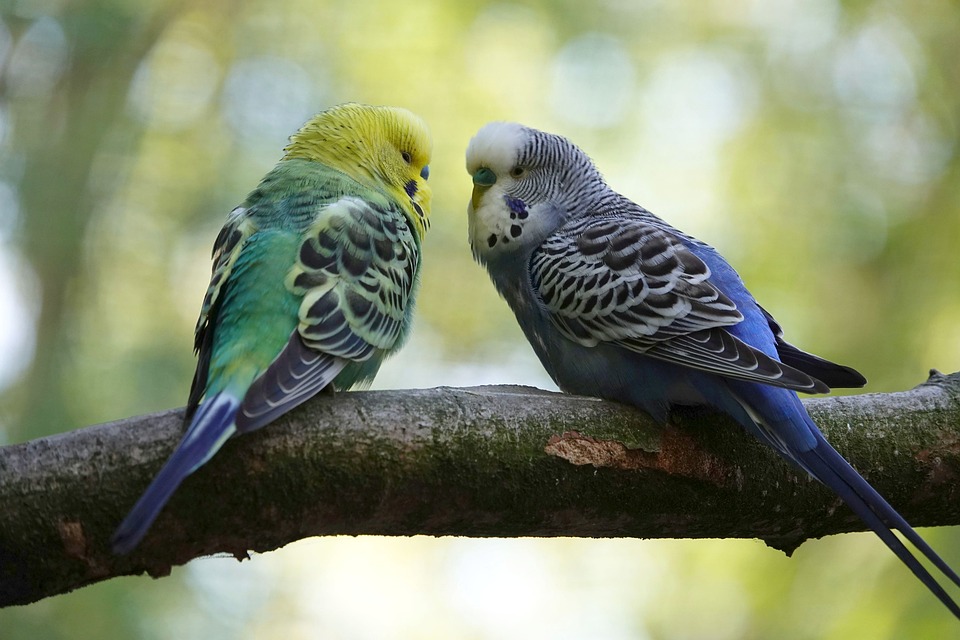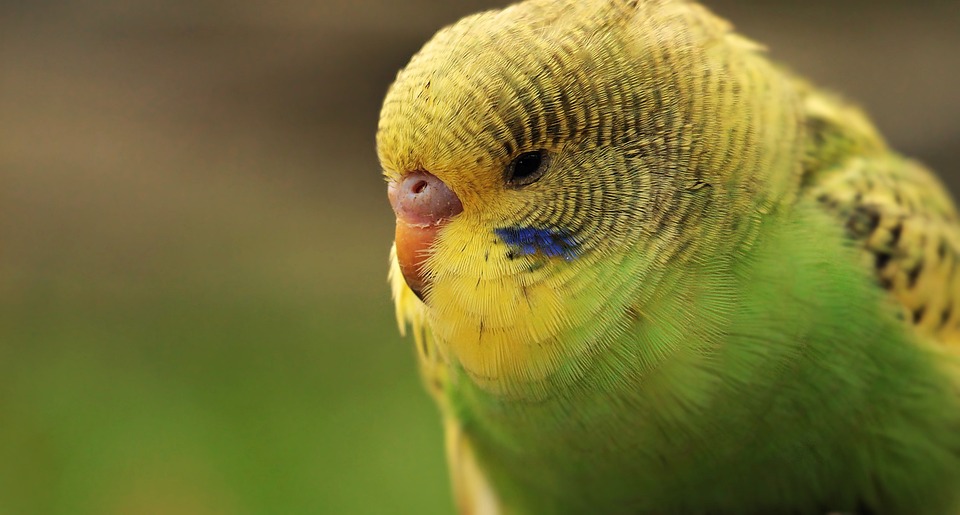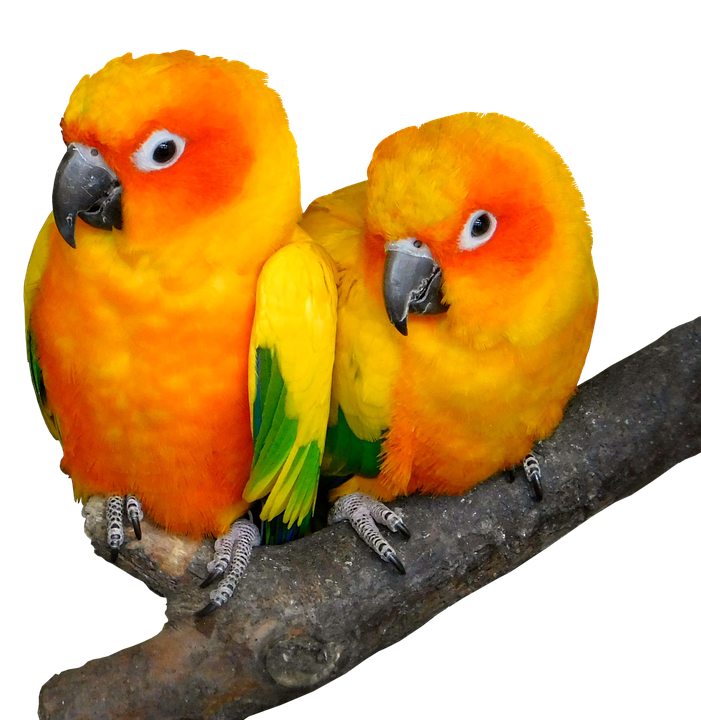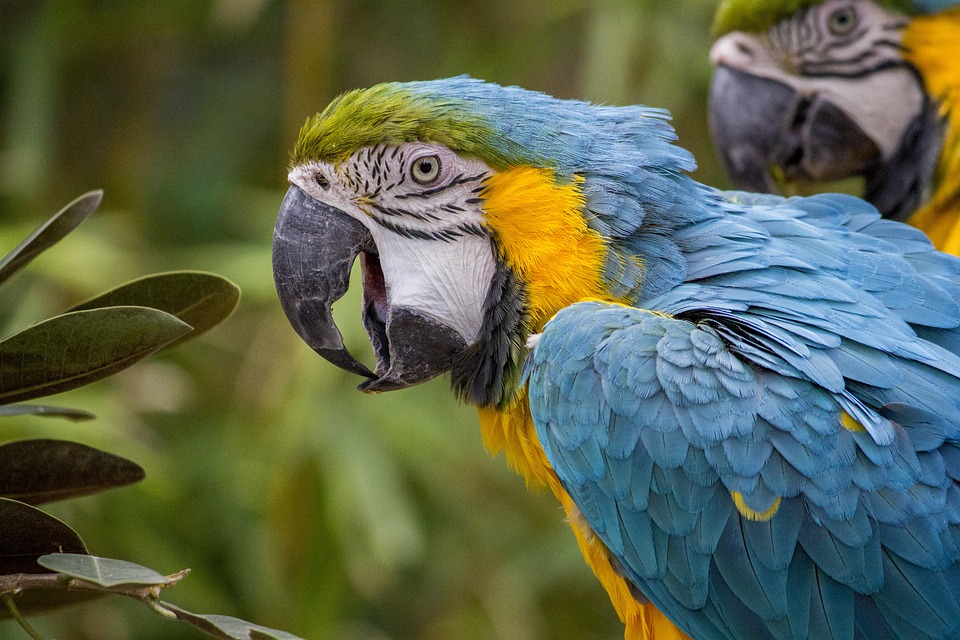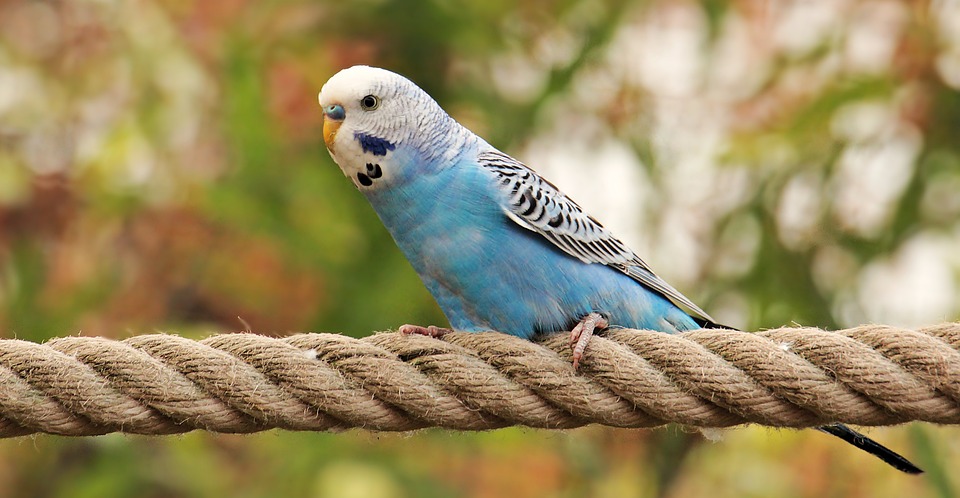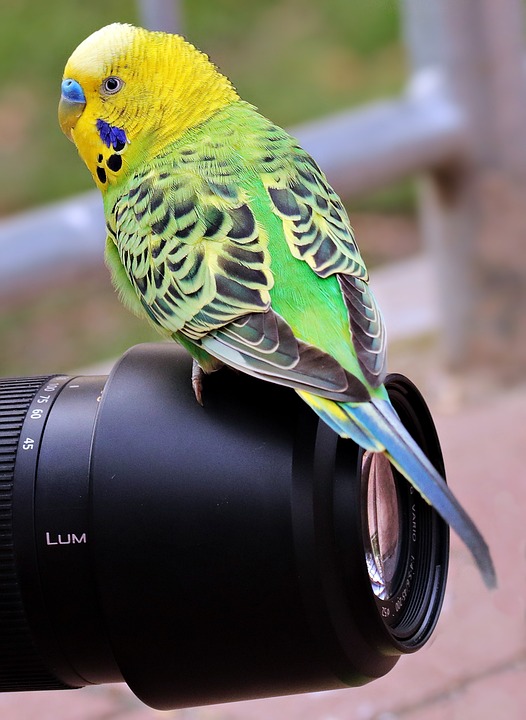Introduction:
Parrot agility training is a fantastic way to engage and stimulate your feathered friend’s mind while promoting physical exercise. By participating in these courses, parrots can develop their problem-solving skills, build confidence, and strengthen the bond with their owners. In this article, we will discuss effective methods to encourage parrots to participate in agility training courses, ensuring a rewarding and enjoyable experience for both parrot and owner.
1. Create a Suitable Training Environment
1.1 Selecting the Right Training Area: Choose a space that is large enough for your parrot to move around comfortably. An outdoor aviary or a spacious indoor area with low distractions is ideal.
1.2 Providing Safety Measures: Ensure that the training area is free from hazards such as toxic plants, sharp objects, or other pets. Parrots should always be supervised during training to prevent accidents.
1.3 Setting up Agility Equipment: Start with basic equipment such as perches, tunnels, and small jumps. Gradually introduce more complex obstacles as your parrot becomes more comfortable and skilled.
2. Establishing Trust and Building a Positive Relationship
2.1 Building Trust through Consistency and Patience: Spend time bonding with your parrot outside of training sessions. This will help establish trust and a positive association with you as their trainer.
2.2 Using Positive Reinforcement Techniques: Reward your parrot with treats, praise, and affection when they successfully complete a task or follow a command. This positive reinforcement will motivate them to continue participating in agility training.
2.3 Bonding Activities to Strengthen Your Relationship: Engage in activities such as foraging games, clicker training, or simply spending quality time together. This will strengthen the bond between you and your parrot, making them more eager to participate in agility training.
3. Introducing Basic Training Commands and Concepts
3.1 Teaching Targeting or “Touch”: Start by teaching your parrot to touch a target stick or your hand with their beak. This establishes a foundation for other agility commands and helps them understand the concept of following instructions.
3.2 Introducing the Concept of “Follow”: Teach your parrot to follow you by using a cue word or gesture. Begin with short distances and gradually increase the complexity of the route. This command is essential for navigating agility courses.
3.3 Reinforcing Recall and Stay Commands: Train your parrot to come when called and stay in a designated spot. These commands are crucial for safety and control during agility training.
4. Gradually Introducing Agility Equipment
4.1 Starting with Simple Obstacles: Begin with easy obstacles such as low jumps or perches. Allow your parrot to explore and become comfortable with each obstacle before moving on to the next.
4.2 Gradually Increasing Difficulty Level: Once your parrot has mastered basic obstacles, gradually increase the height or complexity of the challenges. This will keep them engaged and motivated to continue learning.
4.3 Incorporating Variety in Training Sessions: Introduce different types of obstacles, such as tunnels, hoops, or balance beams, to keep the training sessions interesting and mentally stimulating for your parrot.
5. Making Training Fun and Rewarding
5.1 Incorporating Toys and Treats as Rewards: Use favorite toys or treats as rewards for successfully completing an obstacle or following a command. This will make the training experience enjoyable and encourage your parrot to actively participate.
5.2 Implementing Interactive Games and Challenges: Introduce interactive games or challenges that involve problem-solving and physical activity. This will keep your parrot mentally stimulated and excited about agility training.
5.3 Ensuring Regular Training Sessions: Consistency is key in parrot agility training. Set aside regular training sessions and stick to a routine to maintain your parrot’s interest and progress.
6. Addressing Common Challenges and Concerns
6.1 My Parrot Seems Uninterested. What Should I Do? Assess if there are any underlying health issues or environmental factors that might be affecting your parrot’s enthusiasm. Consult with a veterinarian or an experienced avian trainer for guidance.
6.2 My Parrot Is Afraid of the Agility Equipment. How Can I Help? Gradually introduce the equipment, starting with less intimidating obstacles. Use positive reinforcement and patience to build your parrot’s confidence. Break down tasks into smaller steps and reward each successful attempt.
6.3 My Parrot Is Not Responding to Commands. What Am I Doing Wrong? Evaluate your training techniques and ensure that you are using positive reinforcement consistently. Double-check that the commands are clear and that you are providing enough motivation and rewards for your parrot.
FAQs: Frequently Asked Questions
Q1. Can any parrot breed participate in agility training courses? Yes, any parrot breed can participate in agility training. However, it is important to consider the physical abilities and limitations of individual birds.
Q2. How long does it take for a parrot to become proficient in agility training? The time it takes for a parrot to become proficient in agility training varies depending on the bird’s intelligence, willingness to learn, and the consistency of training. It can take anywhere from a few weeks to several months.
Q3. Can I train my parrot at any age or is there an ideal time to start? Parrots of all ages can be trained in agility exercises. However, it is generally easier to train younger parrots as they are more receptive to learning. Older parrots can also learn, but the training process may take longer.
Q4. How often should I train my parrot in agility exercises? Aim for short, daily training sessions of about 10-15 minutes. Regular practice is essential for your parrot to build skills and retain what they have learned.
Q5. Are there any health risks associated with agility training for parrots? Agility training, when done correctly, poses minimal health risks for parrots. However, it is important to ensure that your parrot is in good physical health and to monitor them for any signs of stress or fatigue during training.
Q6. Can I teach my parrot agility training without professional guidance? While it is possible to teach your parrot agility training without professional guidance, consulting with an experienced avian trainer can provide valuable insights and guidance to ensure the safety and effectiveness of the training.
Conclusion:
Engaging parrots in agility training courses can bring numerous benefits to their physical and mental well-being. By creating a suitable training environment, establishing trust, introducing basic training commands, gradually incorporating agility equipment, and ensuring a fun and rewarding experience, you can encourage your parrot to actively participate in these courses. Addressing common challenges and concerns will also help you overcome any obstacles along the way. Remember, patience and consistency are key, and with time, your parrot will thrive in agility training.

